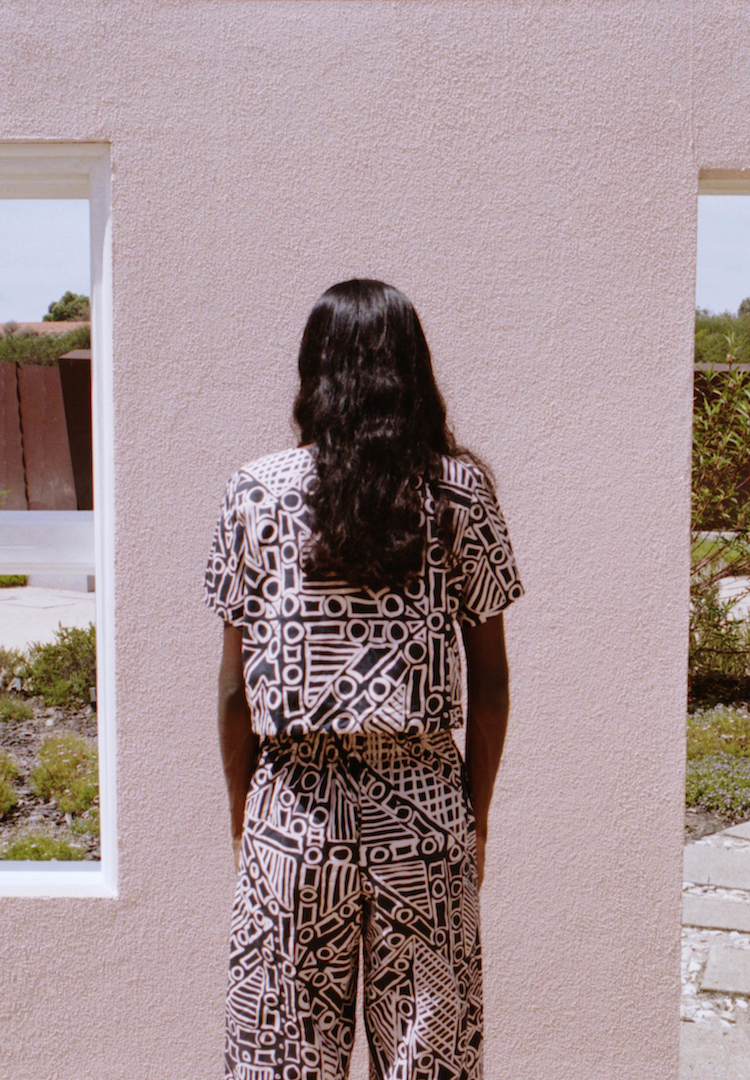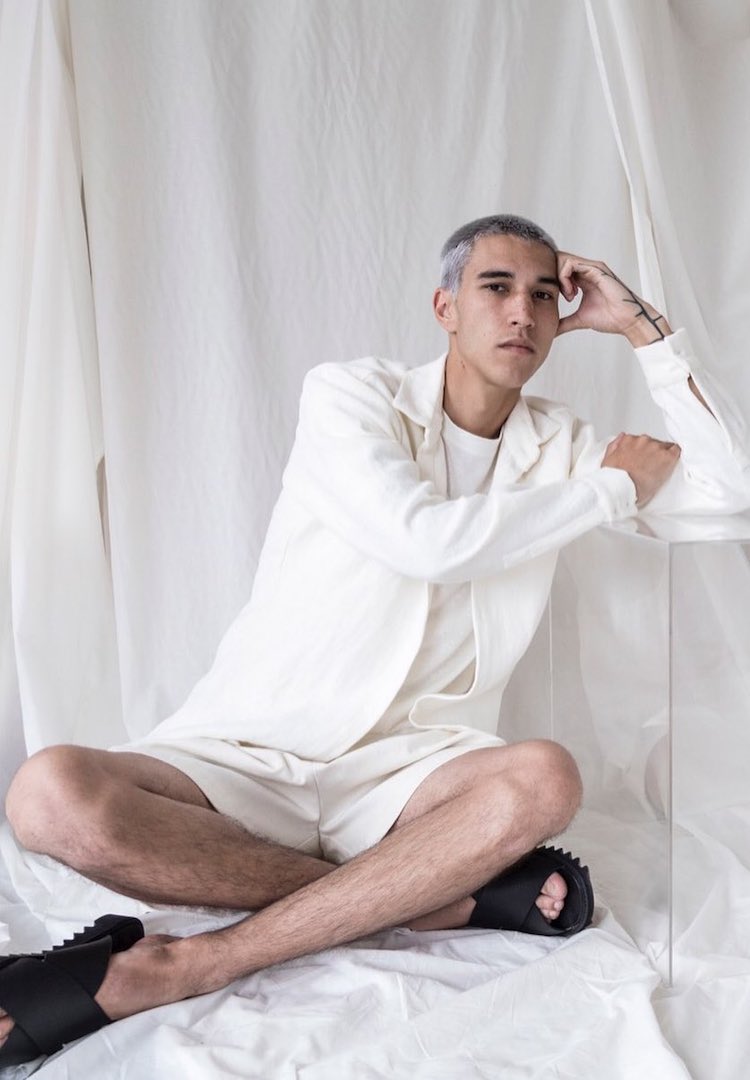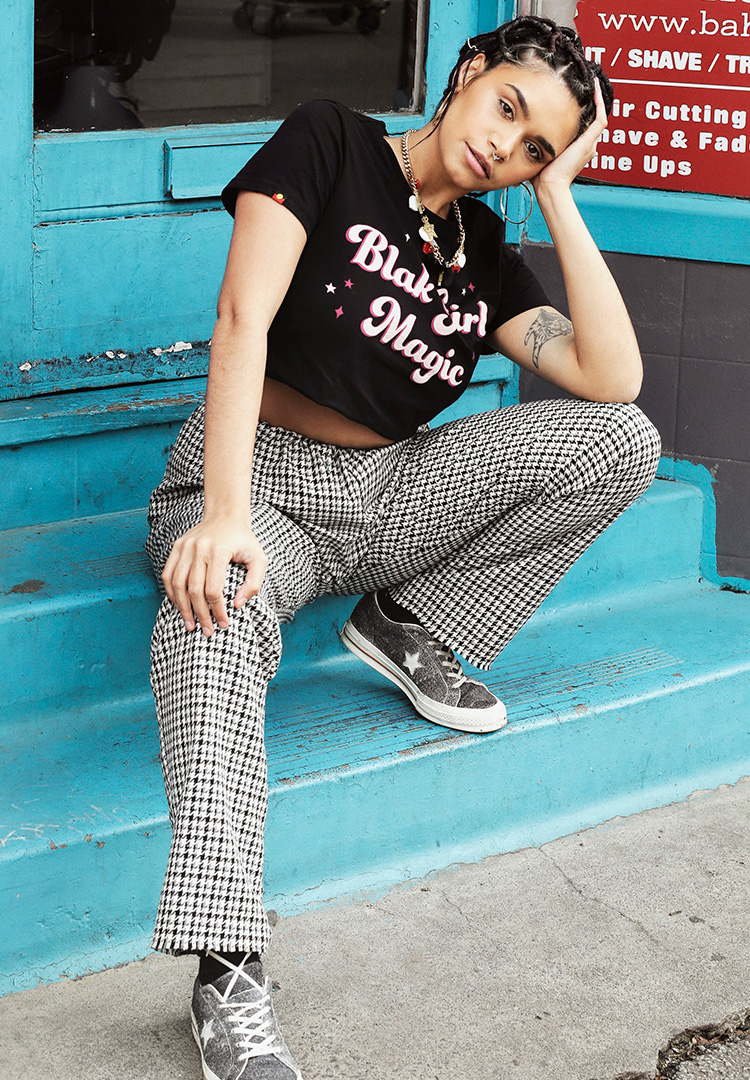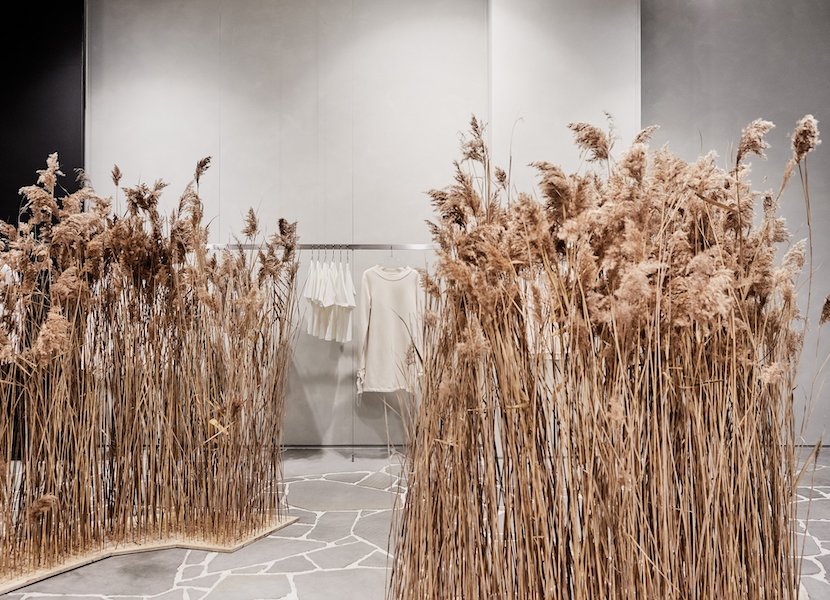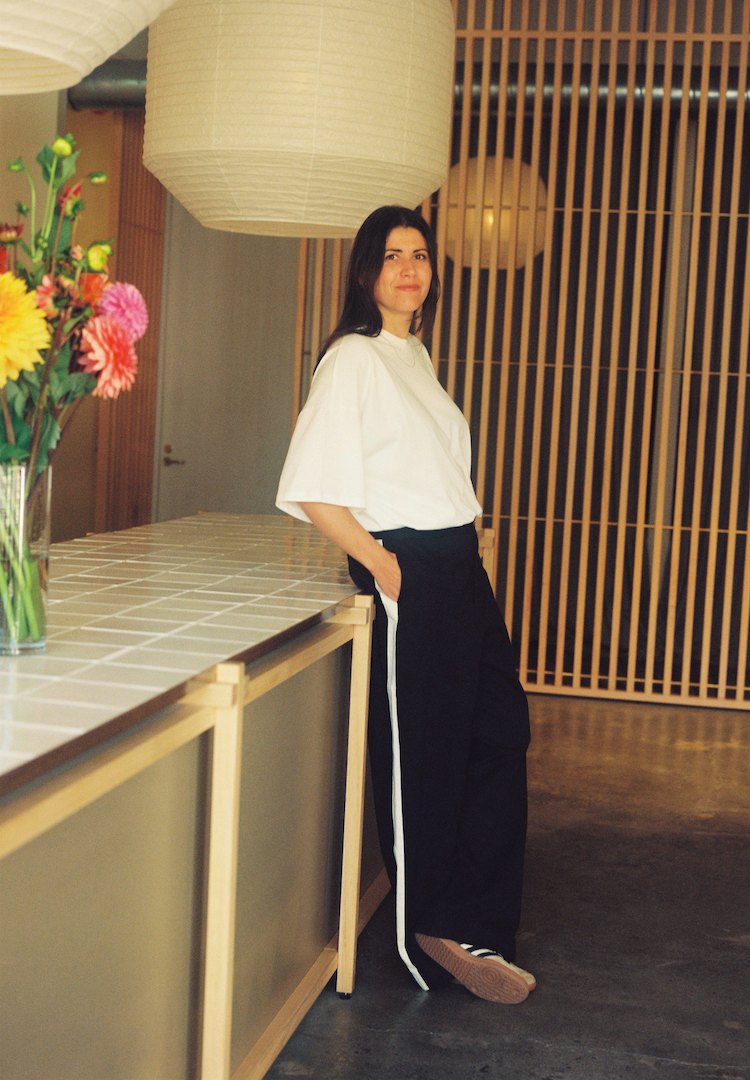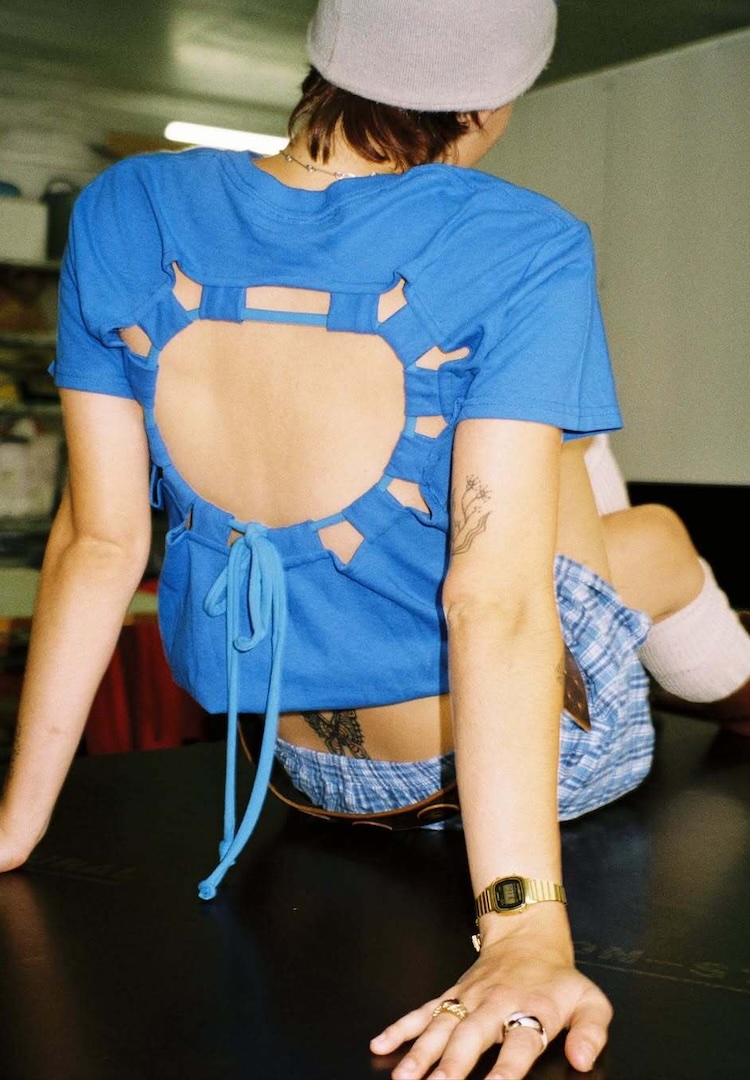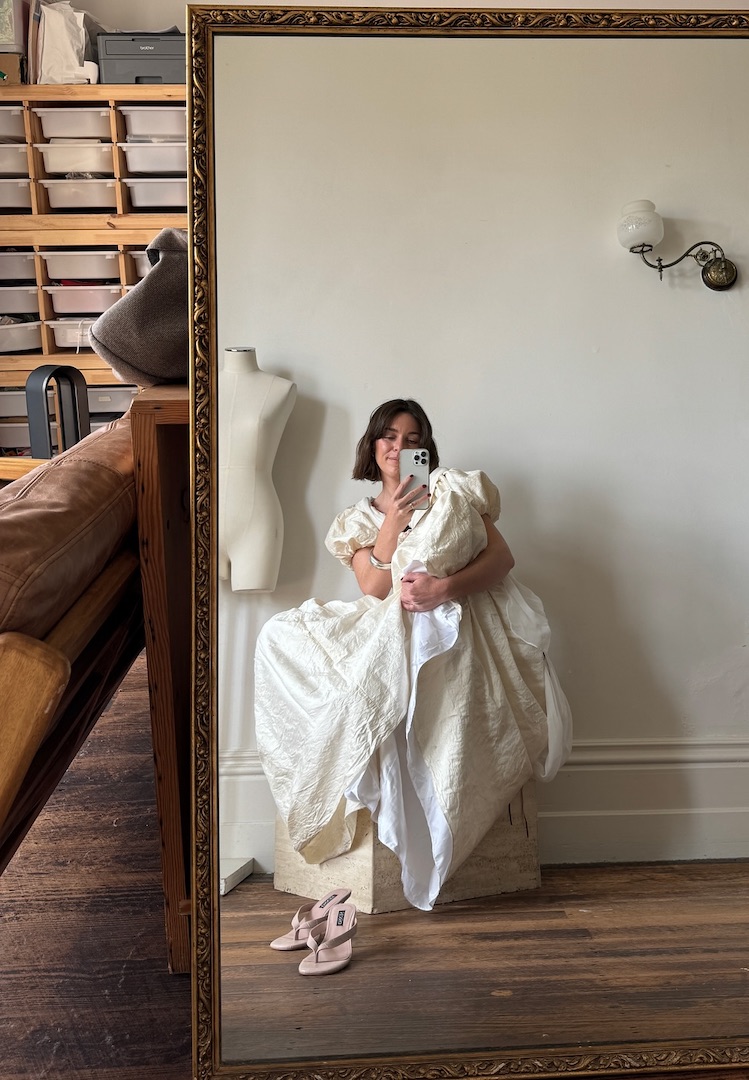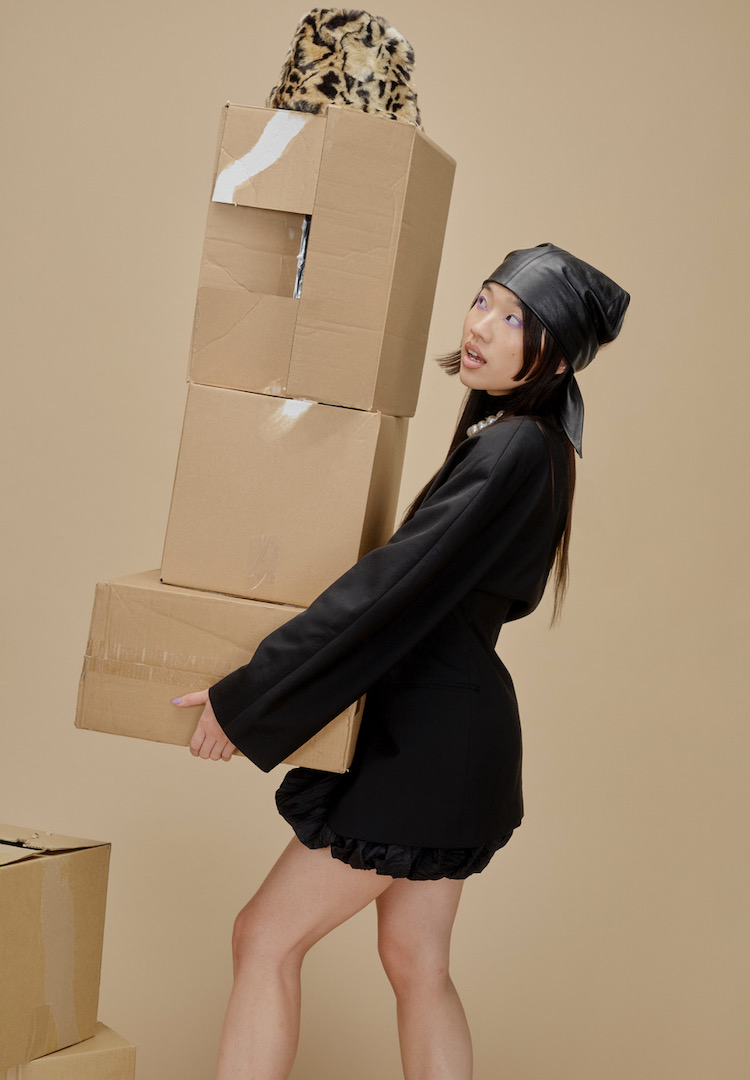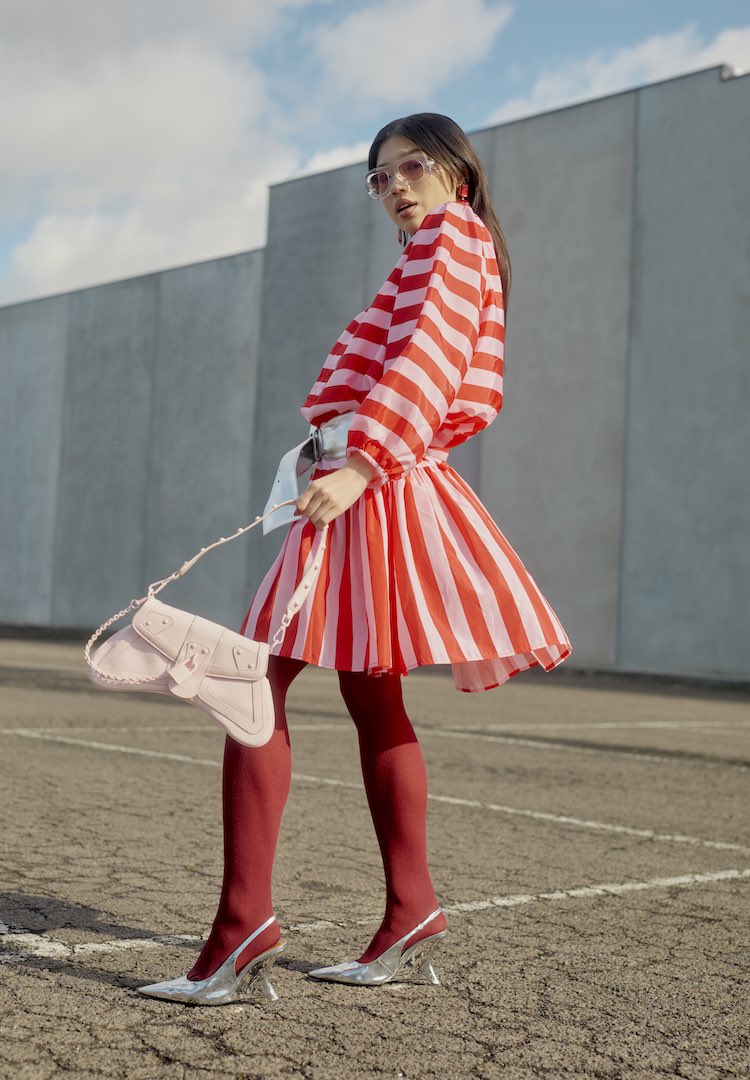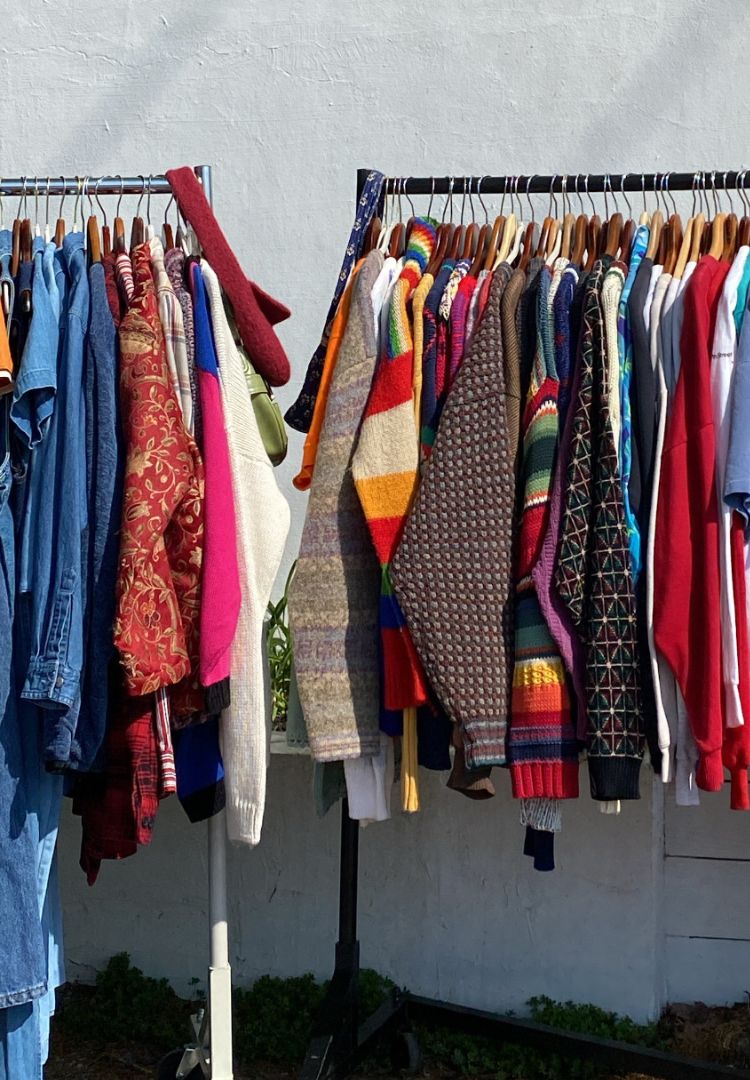I sat in on a circular fashion seminar, here’s what Australian labels should note
IMAGE VIA A.BCH
WORDS BY MAGGIE ZHOU
It’s time to ditch the take, make and dispose model.
Sustainability is fashion’s current favourite buzzword, but it’s a concept that is here to stay. But we need more than recycled packaging and thinly veiled greenwashing techniques.
The potential answer? A circular economy. As the name suggests, it’s a circular model that aims to make the most of every aspect of a product’s lifecycle, from its birth to its death.
Popularised by the Ellen Macarthur Foundation, it’s a system based on designing out waste and pollution, keeping products and materials in use for as long as possible, and regenerating natural systems. In comparison, our current take, make and dispose linear model where fast fashion thrives is wasteful and socially irresponsible.
While industry-wide adoption of a circular economy may not be seen for years, there are a number of trailblazers in Australia that should be applauded.
Take A.BCH – its commitment to sustainability and transparency underpins its entire business model. Every material, from labels to buttons, must be circular. It provides education on how to care and repair for garments and offer free repairs for life. All clothes will biodegrade and can be composted or recycled at the end of their lifecycle.
Arnsdorf is no stranger to Fashion Journal’s pages. A womenswear brand at the helm of the sustainability movement, it has set a new standard for transparency and ethical manufacturing in Australia. Founder Jade Sarita Arnott is continually pushing for more circular modes, as she told us earlier this year, beginning with its lifetime repair service.
Last week, a webinar hosted by the Australian Fashion Council (AFC), Monash Sustainable Development Institute (MSDI) and BehaviourWorks Australia invited Australian fashion businesses to learn more about circular economies from Netherlands-based Brian Baldassarre from Circular Strategies, a company that helps organisations implement circular strategies.
“A circular economy is a system to change [our existing] story and to prevent materials and products polluting. It’s about economic gain; this is a large economic opportunity to exploit. There is, of course, a strong social component which is about the living conditions of the people who are involved in the supply chains. This is an aspect that is particularly relevant to the textile industry,” Brian explains.
What he suggests is breaking the idea of a circular economy into five, digestible flows: narrow, slow, close, regenerate and inform.
Narrowing flows means to use fewer resources and energy for the creation of products and materials. Slow flows ask consumers to extend the life of a product and for brands to facilitate that by creating high-quality products or offering repair services.
Closing flows refers to recycling or reusing of products and materials, and the consideration of biodegradable, deadstock or upcycled materials. Regenerative flows are about increasing non-toxic and renewable materials and energy while regenerating natural ecosystems. And informative flows seek to educate consumers on circular economies.
While there is an increasing amount of research on this topic, Brian says there is “not much translation of scientific research into actionable support” for businesses. Aleasha McCallion and Julie Boulton from MSDI agree.
For Australia to adopt this holistic approach to sustainability, there needs to be a structural, social and political change. Through their research, they found that the issue of circular economies is complex and without any current complete solutions, as one solution appears, another issue arises. For example, by embracing recycled plastic bottles in clothing, the problem of micro-plastics still exists.
They found that there seems to be a lack of information and consumer awareness on this, therefore a lack of infrastructure or financial investment to back it.
It’s not all doom and gloom though – there are lots of opportunities for Australia to transition to a circular economy, as outlined by Aleasha.
“Innovation and infrastructure, both at the input and output stage. Education is a key opportunity identified by the industry – that’s education for consumers, future industry professionals, designers and knowledge sharing between industries, universities and research institutions,” she says.
“Government regulation was clearly identified as an opportunity, whether it covered input material regulation, how we label products and potentially even licensing. Finally, a key opportunity is about collaboration. We can learn together but we can also learn from other sectors.”
This cross-sector learning is not far off, with the Victorian Government recently announcing Recycling Victoria, a 10-year policy and action plan for waste and recycling that directly seeks to transform Victoria into a circular economy.
“We were very thrilled that textiles were considered to be a priority material alongside organics and plastics,” Aleesha shares.
To remould into a circular economy, a “fundamental, system-wide reorganisation across technology, economic and social factors” is needed, according to IPBES.
As citizens, what can we do? While government policy and industry leaders play a large part, it is up to us to push awareness and consumer consciousness. If we want to see change, then we have to continually expect better from brands and support those who are taking the path less trodden to get there.

